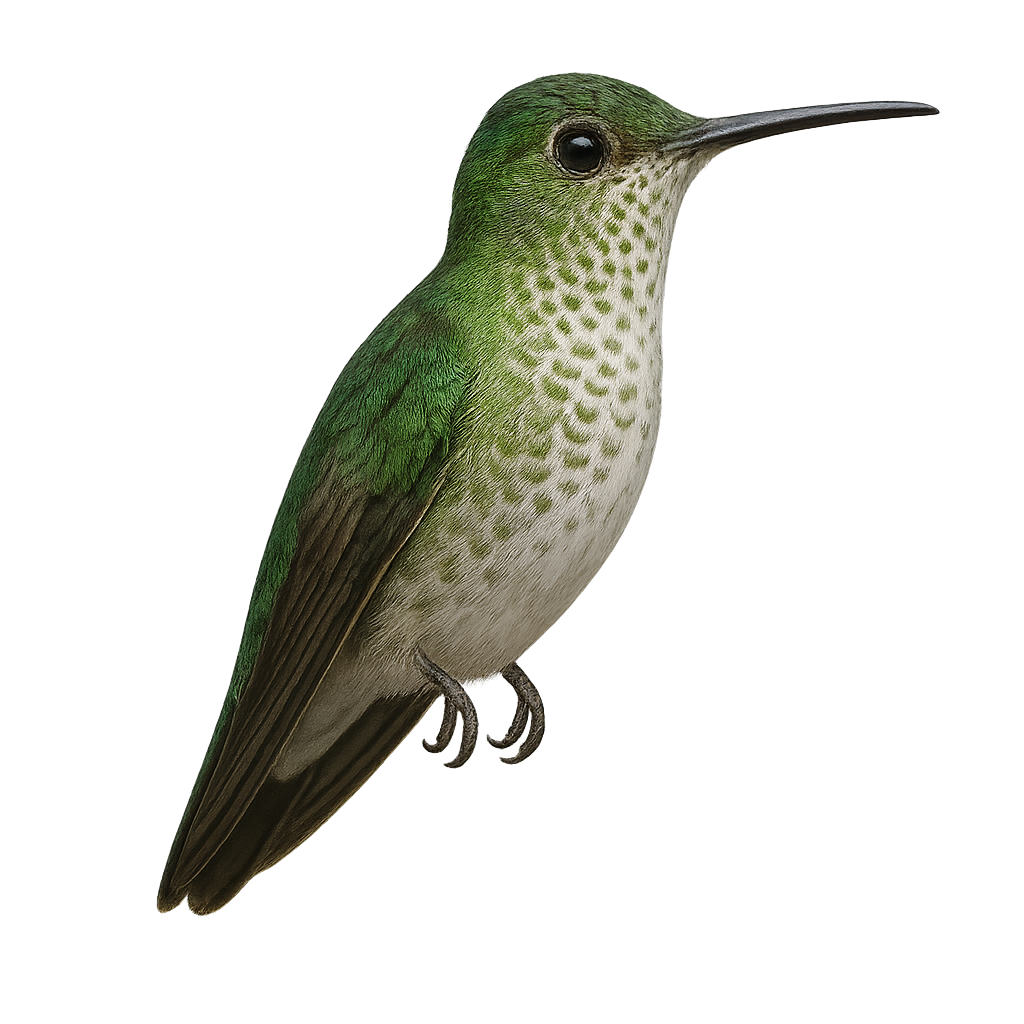Your wildlife photography guide.
Explore the white-bellied hummingbird in detail, study its behavior, prepare your shots.
Where to observe and photograph the white-bellied hummingbird in the wild
Learn where and when to spot the white-bellied hummingbird in the wild, how to identify the species based on distinctive features, and what natural environments it inhabits. The WildlifePhotographer app offers tailored photography tips that reflect the white-bellied hummingbird’s behavior, helping you capture better wildlife images. Explore the full species profile for key information including description, habitat, active periods, and approach techniques.
White-bellied Hummingbird
Scientific name: Taphrospilus hypost

IUCN Status: Least Concern
Family: TROCHILIDAE
Group: Birds
Sensitivity to human approach: Suspicious
Minimum approach distance: 5 m
Courtship display: November to December
Incubation: 15-17 jours
Hatchings: November to January
Habitat:
Humid forests, wooded areas, forest edges
Activity period :
Primarily active during the day, with peak activity in the morning and late afternoon.
Identification and description:
The White-bellied Hummingbird, or Taphrospilus hypost, is a small, fascinating bird from the Trochilidae family. This hummingbird is primarily found in the humid forests and wooded areas of the Andes, where it feeds on flower nectar with its long, slender beak. Its plumage is mainly emerald green with a distinctive white belly, making it easily identifiable. Males and females share similar characteristics, although males may have slightly brighter colors. This hummingbird is known for its fast and agile flight, often accompanied by characteristic buzzing sounds. It plays a crucial role in the pollination of local plants.
Recommended lens:
400 mm – adjust based on distance, desired framing (portrait or habitat), and approach conditions.
Photography tips:
To photograph the White-bellied Hummingbird, it is advisable to use a 400mm lens or longer to capture detailed images without disturbing the bird. Approach slowly and maintain a distance of at least 5 m to avoid scaring it away. The best photos are often taken early in the morning when the light is soft and hummingbird activity is at its peak. Use a tripod to stabilize your camera and be ready to capture fast movements.
The WildlifePhotographer App is coming soon!
Be the first to explore the best nature spots, track rutting seasons, log your observations, and observe more wildlife.
Already 1 432 wildlife lovers subscribed worldwide

